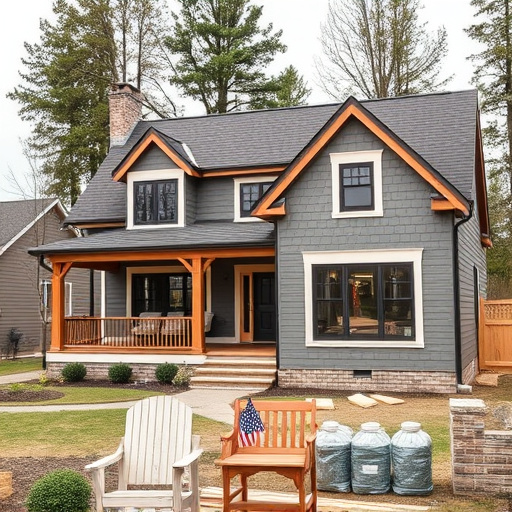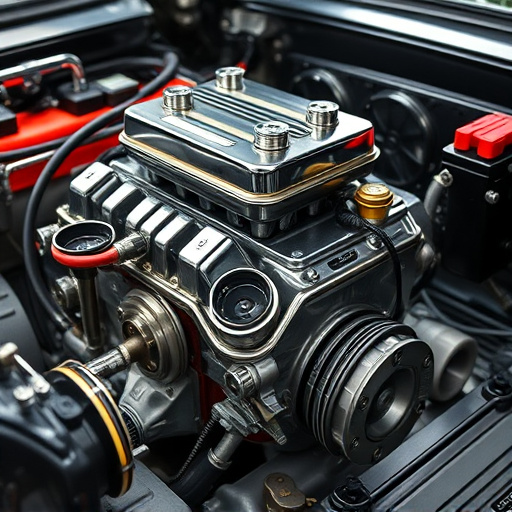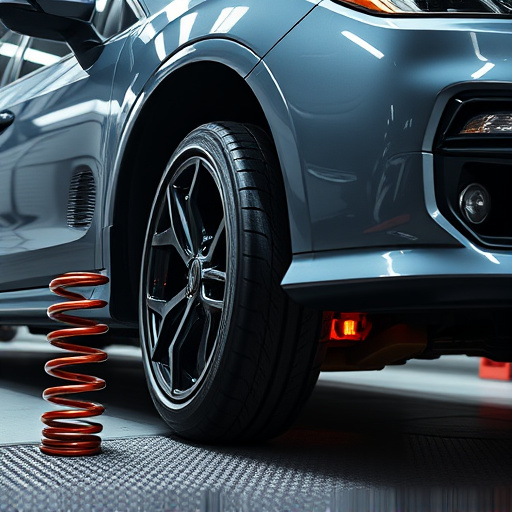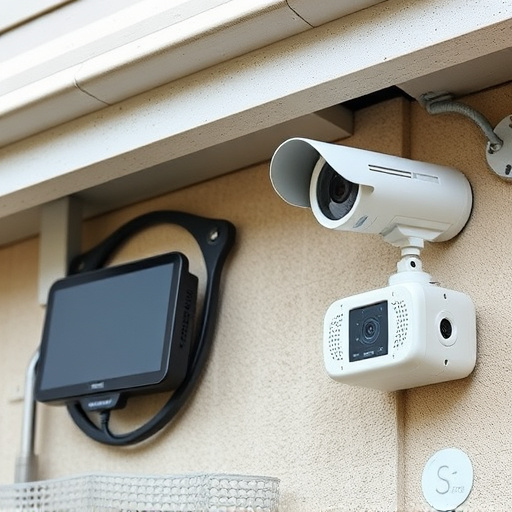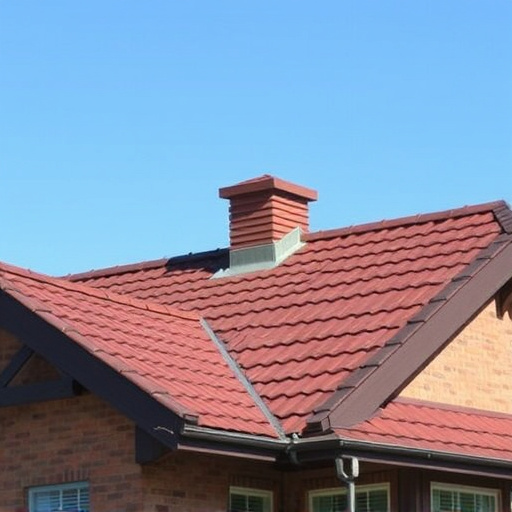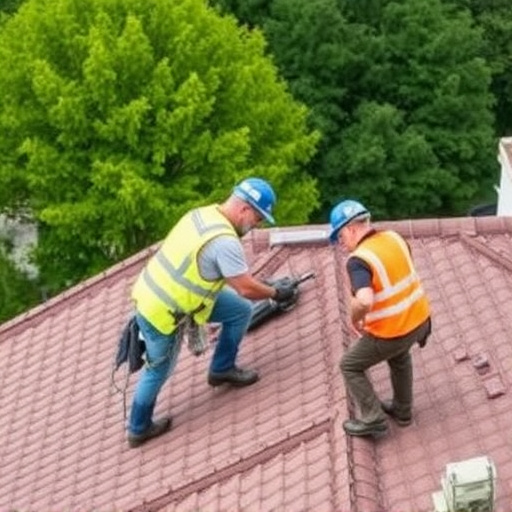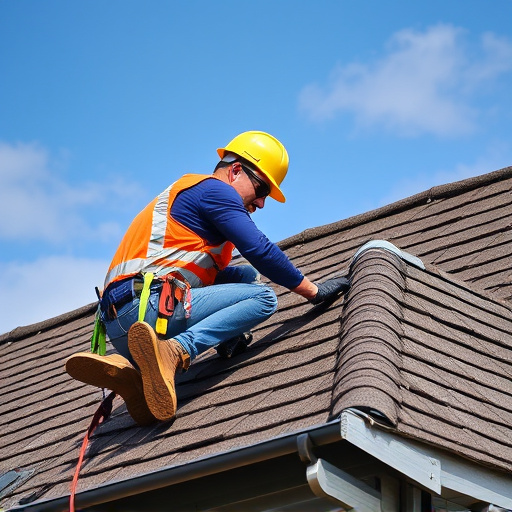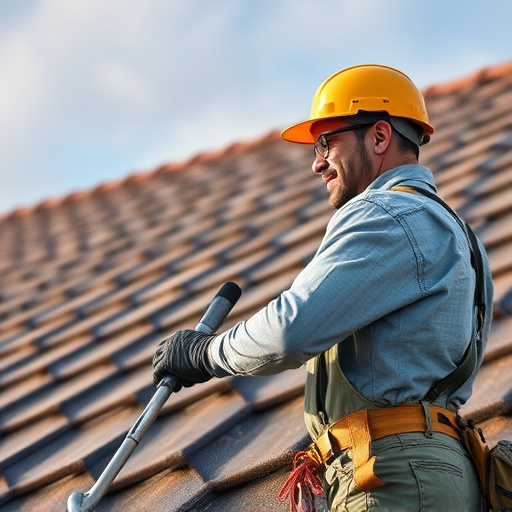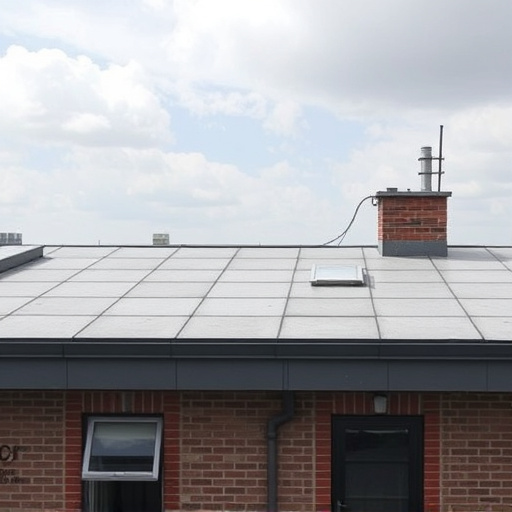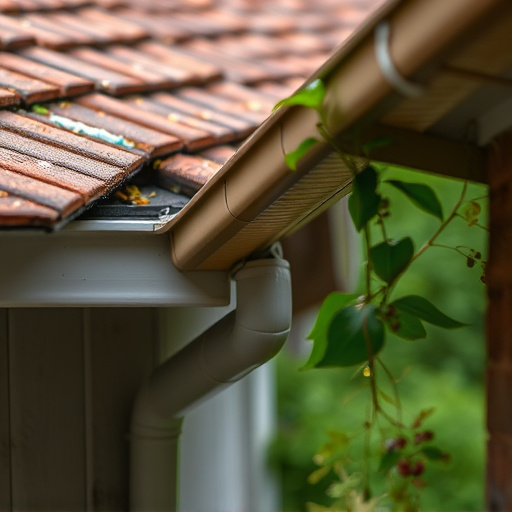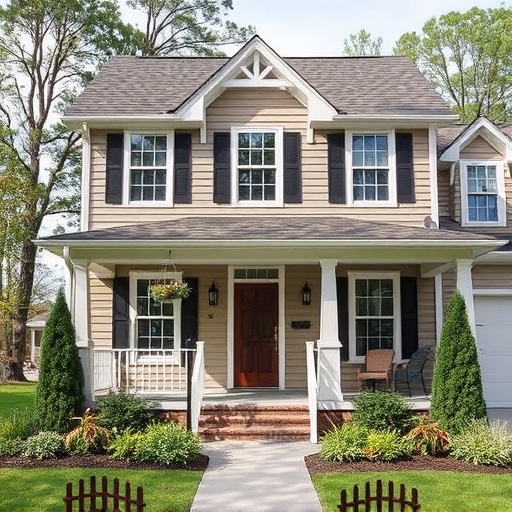When planning a siding upgrade, prioritize material quality and compatibility for durability and aesthetics. Follow industry standards, use certified materials with warranties, and consult manufacturer recommendations for climate and code compliance. Strict installation protocols, including trained professionals and recommended tools, ensure panel alignment and prevent water intrusion. A thorough post-upgrade inspection checks panel fit, sealing, gaps, misalignments, and color consistency, enhancing curb appeal and structural resilience. For commercial siding, consider weather-related challenges. Regular testing maintains project integrity.
Upgrading your home’s siding is a significant project, but ensuring quality control is key to long-lasting results. This comprehensive guide walks you through crucial steps to guarantee superior craftsmanship. From evaluating the compatibility and quality of materials to implementing strict installation protocols and conducting meticulous post-upgrade inspections, these strategies will help you achieve a durable, aesthetically pleasing siding upgrade.
- Evaluate Material Quality and Compatibility
- Implement Strict Installation Protocols
- Conduct Thorough Inspection and Testing Post-Upgrade
Evaluate Material Quality and Compatibility
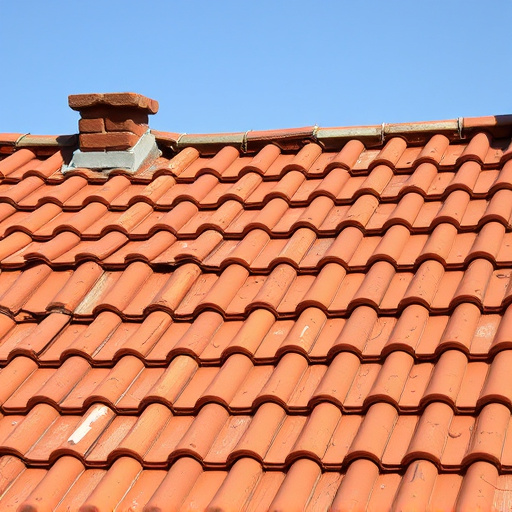
When planning a siding upgrade, evaluating the quality and compatibility of materials is paramount. It’s not just about aesthetics; the durability and performance of new siding are directly tied to its composition and how well it interacts with existing structures. Start by ensuring that the materials meet industry standards for residential roofing and siding applications. Check for certifications, warranties, and manufacturer recommendations to confirm their suitability for your region’s climate and local building codes.
Compatability issues can arise when different materials—or even different batches of the same material—are combined. In a comprehensive siding upgrade, consider the entire roof and siding ensemble as an integrated system. Mixing old and new materials or choosing those with vastly differing properties could lead to problems like poor bonding, accelerated deterioration, or aesthetic discord. Thus, thorough inspection and selection are crucial steps in achieving a successful siding upgrade, ensuring longevity and preserving your property’s investment value.
Implement Strict Installation Protocols
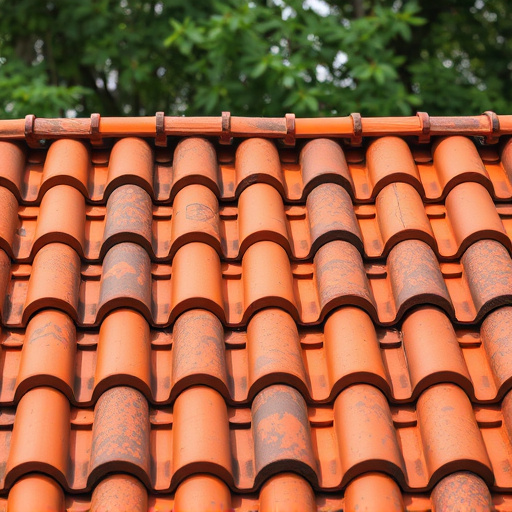
During a siding upgrade, implementing strict installation protocols is paramount to ensuring quality control. This involves adhering to manufacturer guidelines and industry best practices for proper siding placement, alignment, and fastening techniques. Each step should be meticulously executed to avoid gaps, overlaps, or misalignments that can compromise the integrity of the new siding. Trained professionals should inspect each panel before, during, and after installation, ensuring it meets the required standards.
Additionally, strict protocols encompass using suitable tools and materials recommended by the manufacturer for seamless integration with existing structures. This includes proper roof repair and sealing techniques to prevent water intrusion, a common issue in commercial roofing that can void warranties and compromise the longevity of the new siding. Engaging reliable siding services that prioritize these protocols guarantees a durable and aesthetically pleasing siding upgrade.
Conduct Thorough Inspection and Testing Post-Upgrade
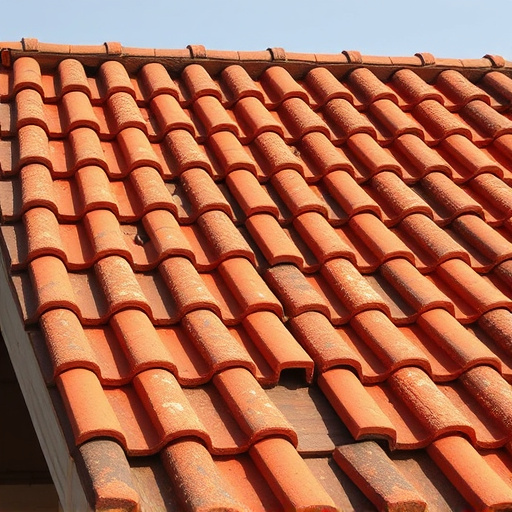
After completing a siding upgrade, conducting a meticulous inspection is paramount to guarantee the project’s integrity. This involves examining every detail, from the fit and finish of new siding panels to ensuring proper sealing at joints and corners. Look for any signs of misalignment, gaps, or damaged materials that may have occurred during installation. Testing the functionality of flashing and weep holes—small openings designed to allow water drainage—is also crucial. These components play a vital role in maintaining the structural integrity of your property by preventing moisture buildup behind the siding.
Additionally, checking the overall appearance and color consistency across the entire exterior is essential. With commercial siding, in particular, a thorough inspection should account for potential challenges like high winds or extreme weather conditions that could have impacted the installation process. Regularly scheduled post-upgrade testing not only identifies any immediate issues but also ensures your siding upgrade stands the test of time, enhancing your property’s curb appeal and structural resilience.
A successful siding upgrade requires a multifaceted approach to quality control. By carefully evaluating material quality and compatibility, adhering to strict installation protocols, and conducting comprehensive post-upgrade inspections and testing, you can ensure longevity and aesthetic appeal for your home’s new siding. Remember, a thorough process yields lasting results, guaranteeing your investment in a siding upgrade brings both functionality and visual appeal for years to come.
